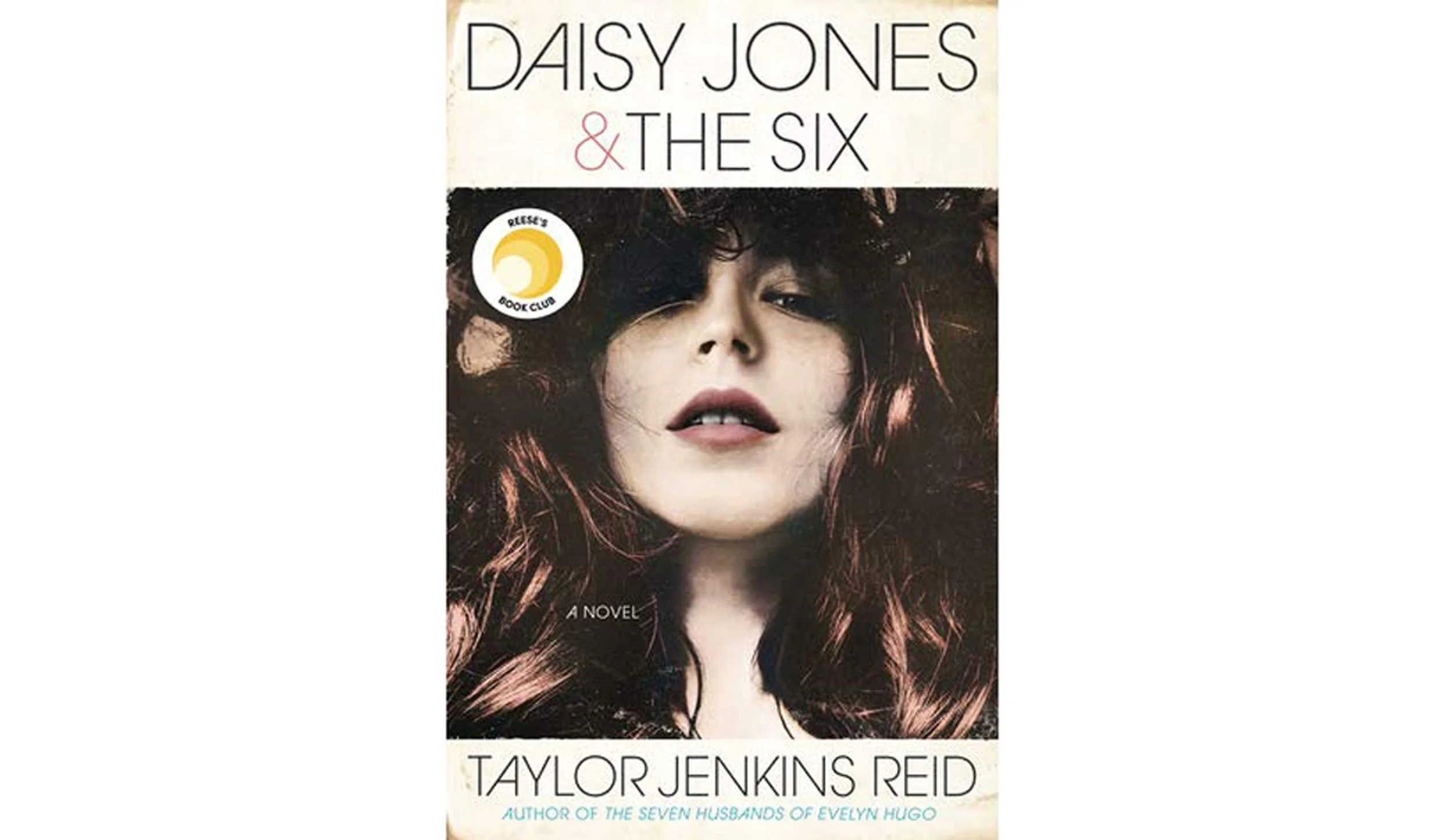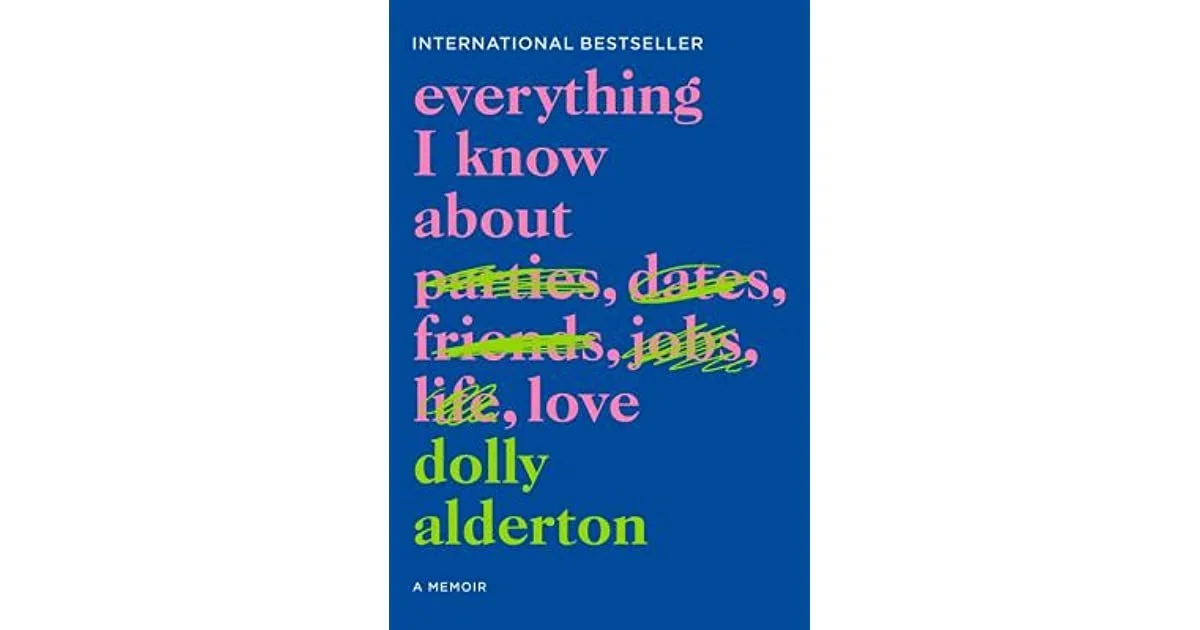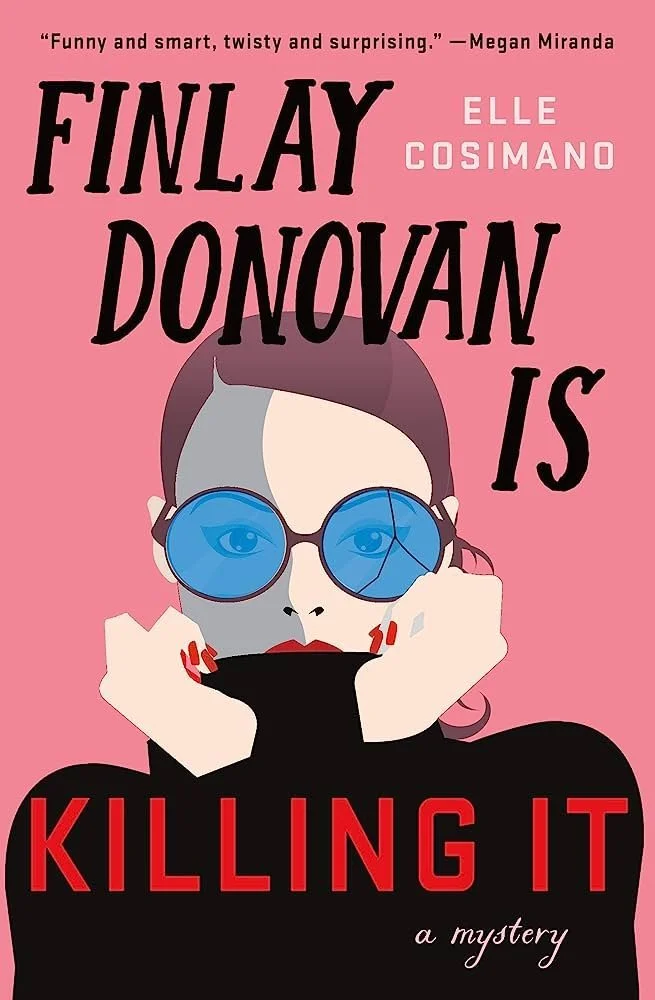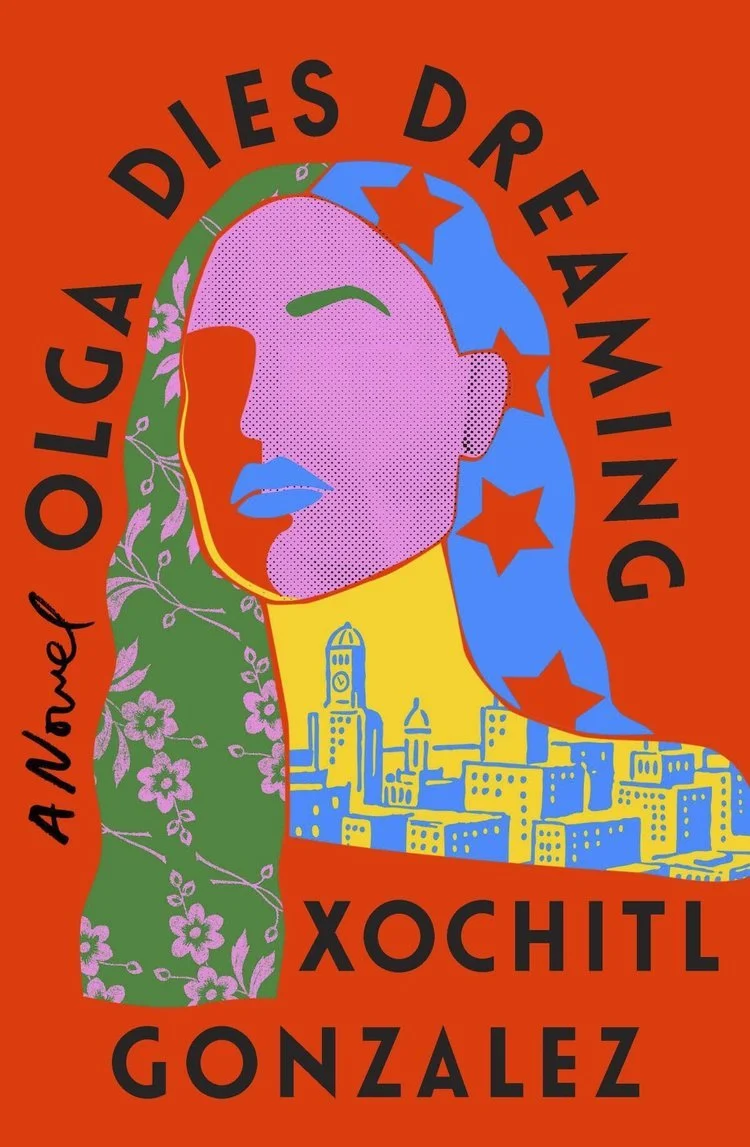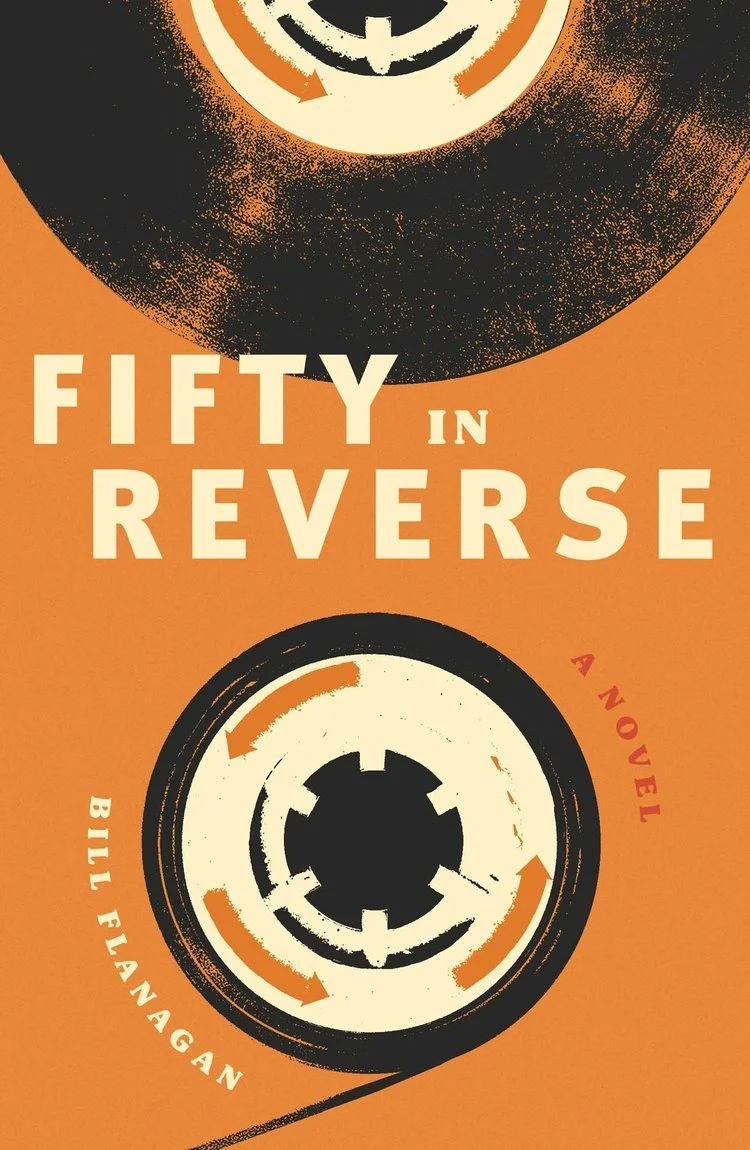5 Books Every Storyteller Needs to Read
By: Catherine
An avid reader, the storytelling aspect of PR is one of my favorite parts of the job. I’m the type of person who is reading four or five books at any given time, usually across genres, and I love being the go-to Cutliner for book recommendations. New, used, physical, or digital, I’m always actively searching for the next read to whisk me away to a new world or inspire my creativity.
At Cutline, I get to tap into my love for words on a daily basis. Working with clients to bring their stories to life and into the hands of the media means I’m always looking for new ways to approach telling stories. Sometimes the best way to get inspired is to step back, get lost in a book, and remember why we’re in this field: we’re story lovers first.
Here are five books I’ve read in the last year that have sparked creative thinking at work and fed this storyteller’s soul.
1) Daisy Jones and the Six
The taste: Daisy Jones and the Six by Taylor Jenkins Reid follows a fictional 1970s rock n’ roll band from their origin story to their ultimate breakup. Written in the format of an interview transcript, this book is so life-like that many readers (myself included) were disappointed when we realized it wasn’t a memoir, but in fact a piece of fiction. It’s Fleetwood Mac meets Almost Famous, with a reporter detailing the drama of the band every step of the way.
Pro tip: listen to the audiobook version for an especially immersive experience.
The tea: Daisy Jones is a true lesson in using alternative formats to tell a story. At Cutline, we’re always considering the best way to bring our clients’ stories to life, whether it’s a video spotlight, a blog post, or a podcast. We’re also responsible for unearthing the gems that turn interviews into story-rich conversations between our clients and reporters. Daisy Jones is a reminder that thoughtful questions can be the root of unexpected inspiration. Buy it here.
2) Everything I Know About Love
The taste: Dolly Alderton is a long-time journalist whose memoir is poignantly funny, equal parts serious and silly, and a lesson in the non-linear life journey. This book documents her tumultuous 20s, complete with anecdotes about her failed career choices, life in the UK, dating, and how to build lasting friendships. More importantly, it’s a master class in the art of the short essay, where each chapter is a complete story with a beginning, middle, and end.
The tea: As content people, we know the art of capturing stories in 800-1,500 words well. Reading memoir-style short essays reminds us there is always room to reinvent the blog posts, op-eds and social media posts we write every day. Whether it’s injecting a fresh take or adding a creative twist, a little genre-bending can turn thought leadership into a thought-provoking tale. Also, as lovers of snackable content, there’s nothing better than reading a quick essay during lunch or on our way into the office — and this book is perfect for that. Buy it here.
3) Finlay Donovan Is Killing It
The taste: Finlay Donovan is Killing It by Elle Cosimano is the genre-bending book you need to read. A comedy thriller, the novel follows murder mystery writer Finlay Donovan, who is mistaken as a murderer-for-hire when discussing the latest details of her next novel with her agent at a cafe. Grappling with a bad divorce that’s left her struggling to make ends meet for her two children, Finlay decides to do the one thing she writes about but has never done in real life: commit a murder and cover her tracks.
The tea: An amazing combination of thrilling and crying from laughter, this novel is proof that a good story doesn’t need to fit into one box. The same goes for pitching client stories across reporter beats. How can data on a broader trend support your consumer-focused pitch? Is the business/tech reporter you’re pitching interested in the cultural impact of a story? Including a well-placed pun, unexpected stat, or viral moment in a pitch can keep a reporter (or reader) on the edge of their seat while still getting the message across. Buy it here.
4) Olga Dies Dreaming by Xóchitl González
The taste: Following the devastating Hurricane Maria, Puerto Rican-American and local New Yorker Olga Acevedo watches her culture slip away from her Brooklyn neighborhood as the city is gentrified. Olga Dies Dreaming follows Olga as she leaves a career planning weddings for the 1% to find more meaning in her life and cultural heritage. But that’s not easy when the world wants you to blend in and submit to an ideal of what the American Dream actually is.
The tea: Dreaming is an incredibly powerful storytelling tool, as it allows us to be our most creative selves. This story is the perfect example of a character who threw conventions out the window and followed her passions. At Cutline, we’re constantly amazed by our clients who dream big and innovate for the future — inspiring us to bring equally imaginative ideas to the table. Buy it here.
5) 50 in Reverse
The taste: Have you ever wondered what it would be like to be 17 again? What would you do with all the wisdom you’ve gained since you were a teenager and given a second chance? That’s exactly what Bill Flanagan’s Fifty in Reverse asks its readers. When 65-year-old Peter wakes up in his 17-year-old body in 1970, he suddenly has to navigate how to live as a teenager with the mind of an adult.
The tea: This story is about embracing our journeys while remembering where we came from — a practice in perspective many storytellers can relate to. At Cutline, we’re passionate about growing personally and professionally, and as people chasing our dreams, we’d like to think our 17-year-old selves would be proud of the careers we’re building. (Buy it here)
Whether you read memoirs, fiction, or biographies, books teach us so much about ourselves and how we can become better crafters of content and stories. I hope you enjoy these books as much as I did and can't wait to keep discovering storytelling lessons in my future reads.
Which books have you enjoyed recently? Tweet us the deets @Cutline!

